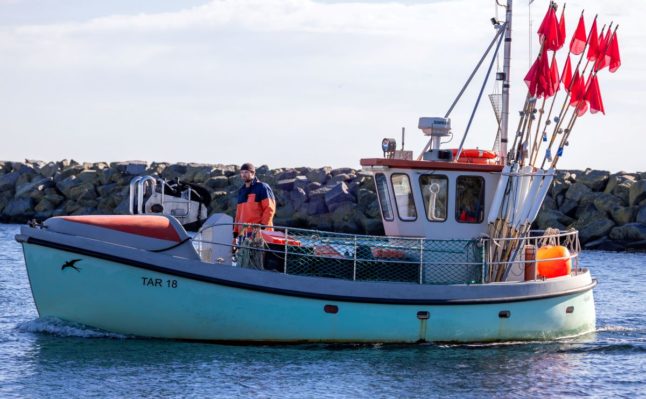The German government’s human rights commissioner, Luise Amtsberg, urged summit host Egypt to release jailed dissident Alaa Abdel Fattah, currently on hunger strike, and his lawyer Mohamed al-Baqer.
“The fact that people who want to express their opinions freely and stand up for that right are punished with long prison sentences — sometimes under inhumane conditions — is unacceptable,” Amtsberg said in a statement.
“Assuming global responsibility also means, above all, assuming responsibility for the protection of human rights,” Amtsberg said.
“However, the human rights situation in Egypt does not do justice to this.”
Releasing Abdel Fattah and other political prisoners would send “an important signal” that Egypt takes its human rights responsibilities seriously, she added.
Cairo has faced frequent criticism over its human rights record since it was announced as COP27 host last year, a move rights groups said “rewards the repressive rule” of President Abdel Fattah al-Sisi.
Rights groups estimate that some 60,000 political prisoners are behind bars in Egypt, many of them in brutal conditions and overcrowded cells, accusations Cairo rejects.
Fifteen Nobel laureates last week joined calls for Egypt to free Abdel Fattah, a major figure in the 2011 revolt that toppled longtime president Hosni Mubarak.
The Egyptian-British writer and philosopher is serving a five-year sentence for “broadcasting false news”, having already spent much of the past decade behind bars.
He is currently on hunger strike and his relatives have warned that if he is not released during the climate conference, he will probably die in prison as he is due to stop drinking fluids from Sunday, the opening day of COP27.
Nearly 200 countries will be attending the talks in Sharm el-Sheikh, set to run until November 18.




 Please whitelist us to continue reading.
Please whitelist us to continue reading.
Member comments